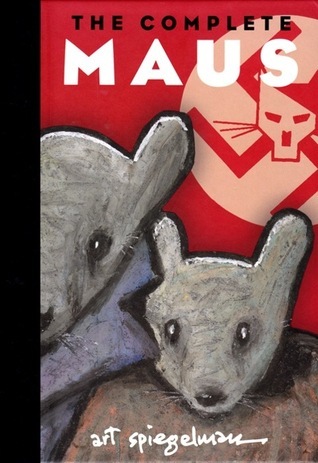What do you think?
Rate this book


296 pages, Hardcover
First published January 1, 1980
















“Show to me your pencil and I can explain you … such things. It’s good to know exactly how was it—just in case.”Like a lot of other people, I had heard of Maus but was not inspired to actually read it until school districts in the South started banning it from schools. Shame on them for such a despicable act, and a little bit of shame on me for never having read this book before.
…
“If you want to live, it’s good to be friendly.”
…
“About Auschwitz, nobody can understand.”